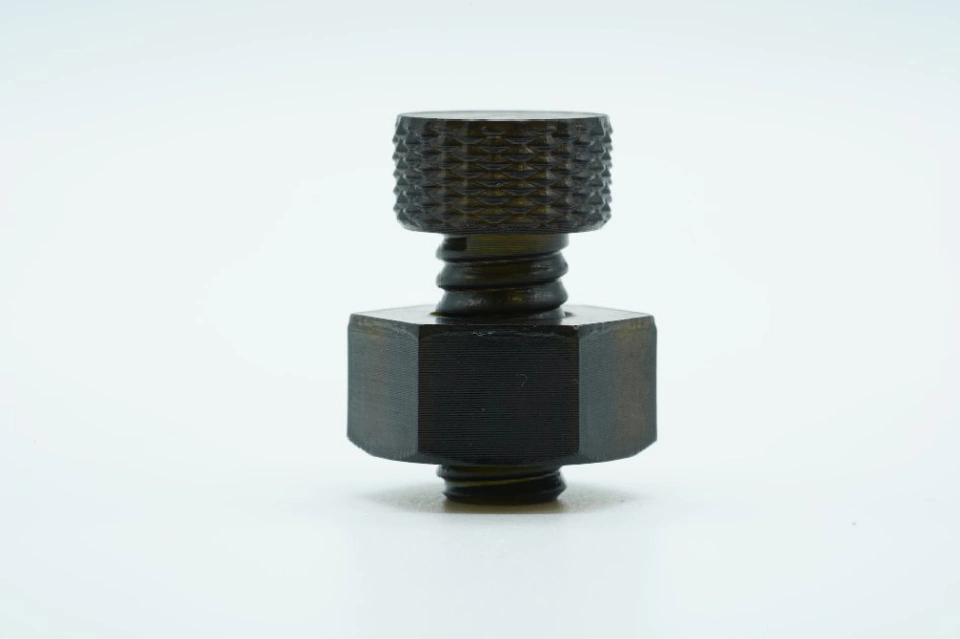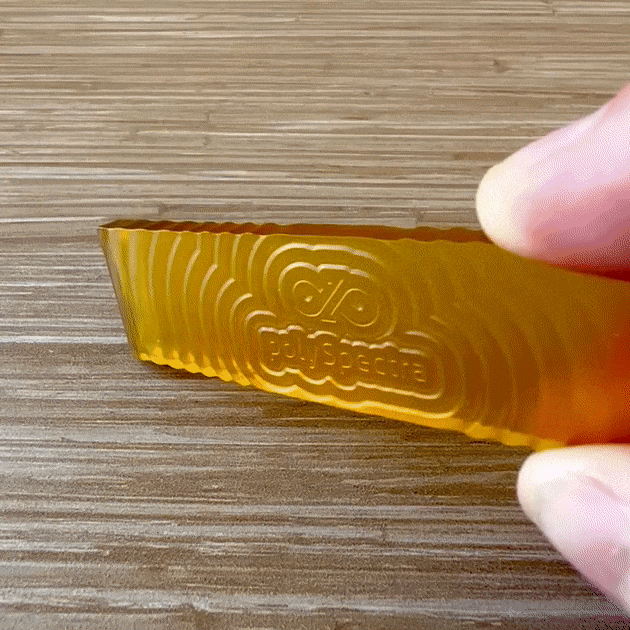Additive Manufacturing Materials are Transforming 3D Printed Part Durability
Historically, additive manufacturing materials have been brittle and exhibit poor durability characteristics. Engineers select materials favorable for additive manufacturing based on their chemical and thermophysical properties. These characteristics provide not only the performance and durability features of the part but also govern the manufacturing process engineers use to fabricate it.
Given its advantages, additive manufacturing is a disruptive process that accelerates manufacturing innovation – and speed. In addition to the process type, materials are a limiting feature. The industry needs to develop additive manufacturing materials that address durability challenges observed with traditional polymers.
What are additive manufacturing materials?
Polymers (or thermoplastics) are the most common additive manufacturing materials, followed by metals and ceramics. However, engineers also have designed 3D printed parts from metals, ceramics, biochemicals, paper, and even chocolate. Some common examples of 3D printer materials are listed below.
Polymers
Polymers include styrenes (e.g., ABS), polylactic acid (PLA), polyethylene terephthalate (PET), polycarbonates, along with nylon materials, wax, and epoxy, and photopolymer resins. In addition, 3D printing sometimes requires the use of support material (similar to the components) that a technician must remove following fabrication.
Metals
Aluminum is a popular 3D printing material given its high strength-to-weight ratio. However, additive manufacturing of tensile-strength metals is challenging due to processing challenges and cost.
Ceramic powders
Porcelain is a popular ceramic material that can be 3D printed, as is silica glass used in optical instruments due to low thermal expansion, and silicon-carbide (SiC), which enables high-voltage and power transistors, diodes, and microwave devices in the electronics industry.
Materials and processes in manufacturing
Product developers can use additive manufacturing materials in seven processes: vat photopolymerization, material jetting, binder jetting, extrusion, powder bed fusion, sheet lamination, and directed energy deposition.
In general, each of these processes begins with a bulk volume of material and forces it through an operation into the desired shape, orienting each layer in three directions. As a result, the material often changes phase (from a liquid to solid), and its properties may change when it rehardens.
What is a common feature in additive processes?
Along with being brittle, a common feature of additive manufacturing materials is the ability to develop the final part’s material properties during processing.
These properties include the raw material’s strength, porosity, ductility, and surface finish. Each of the additive manufacturing processes described above provides the ability to influence those properties when the component takes its final shape. The cooling, pressure, binding, and support rate help determine how the additive manufacturing material behaves in its final form.
What roles could additive manufacturing play in changing the materials economy?
Production at a higher material utilization is one of the primary advantages of additive manufacturing. In addition, integrating joints into a more customized final part reduces steps, and companies can execute 3D printing closer to the end-user, moving closer to autonomous, just-in-time manufacturing.
AM can also offer a cost-advantaged rapid prototype solution with a lower capital cost while maintaining short turnaround times. These advantages can increase supply resiliency in the case of bottlenecks (such as the current chip shortage) and deliver sustainability improvements by reducing scrap and carbon emissions through more efficient processing, saving energy.
What are some more recent advancements in materials in additive manufacturing?
As a critical element to delivering these transformative improvements, additive manufacturing materials suppliers are working to improve or eliminate the limitations of the materials. As noted above, durability is the main drawback of this approach.
Engineers have developed a rugged cyclic olefin resin (COR) material to mitigate this failure risk with durability to combat part breakage. With enhanced impact strength comparable to injection molding and metal, this transformative 3D printed polymer—COR Alpha—can withstand nearly 4 tons of pressure and elevated temperatures. It is also more resistant to solvents like acetone.
Another recent materials advancement is the rise of multi-material components. For example, scientists have combined biomaterials with additive manufacturing materials to combat osteoarthritis. Combining materials ensures strength where the design needs it without needing the entire part to be overdesigned.
Takeaway Of Additive Manufacturing Materials
Additive manufacturing materials are critical to expanding 3D printing to new industries. Addressing the essential durability issue can enable the process in sectors where AM was previously impossible. Engineers designed COR photopolymers to solve the durability challenge with traditional AM materials.
The material delivers the durability of metal, the flexibility of injection molding, and the efficiency and speed of 3D printing. COR Alpha will bring innovative engineering concepts to life.












